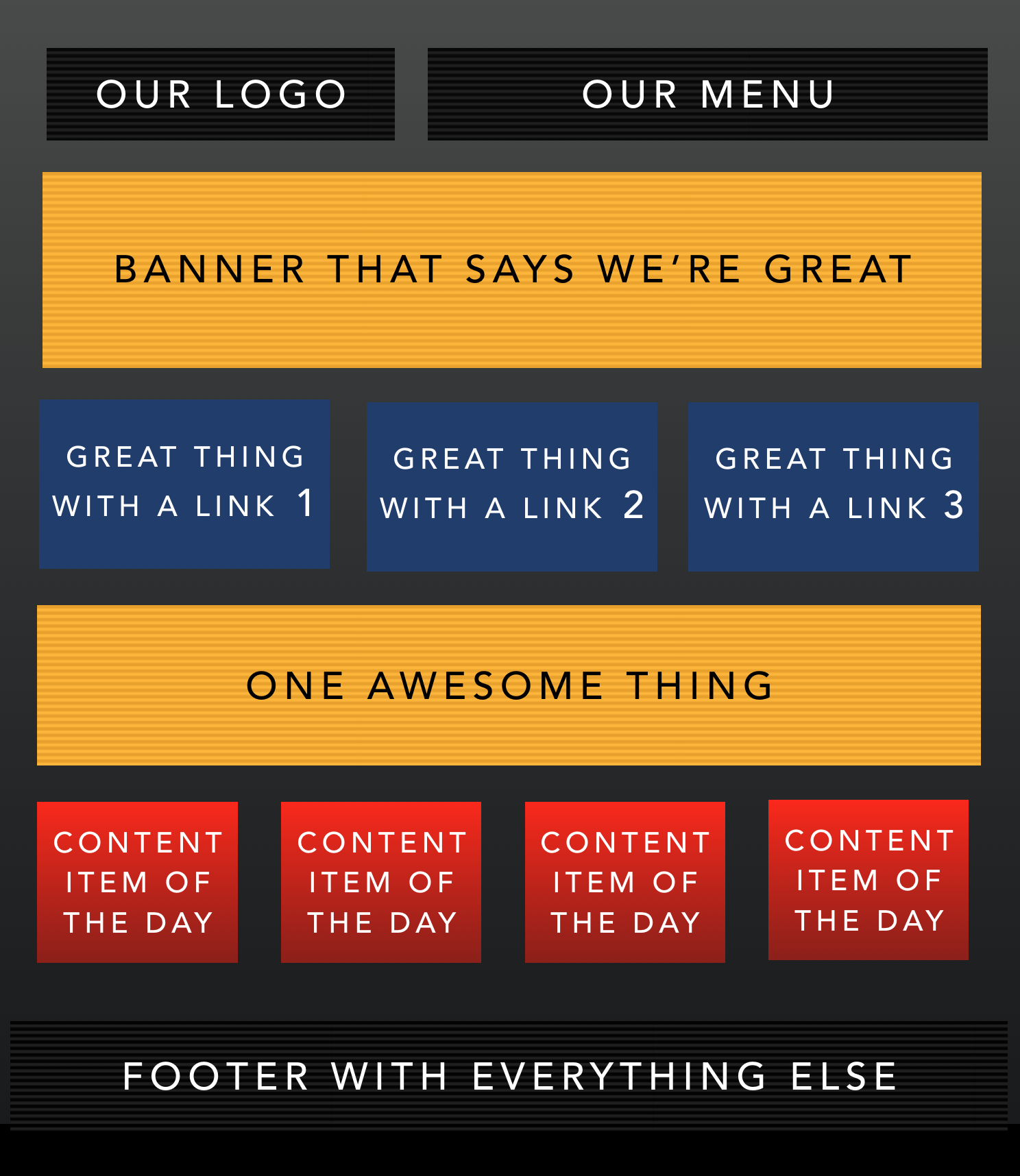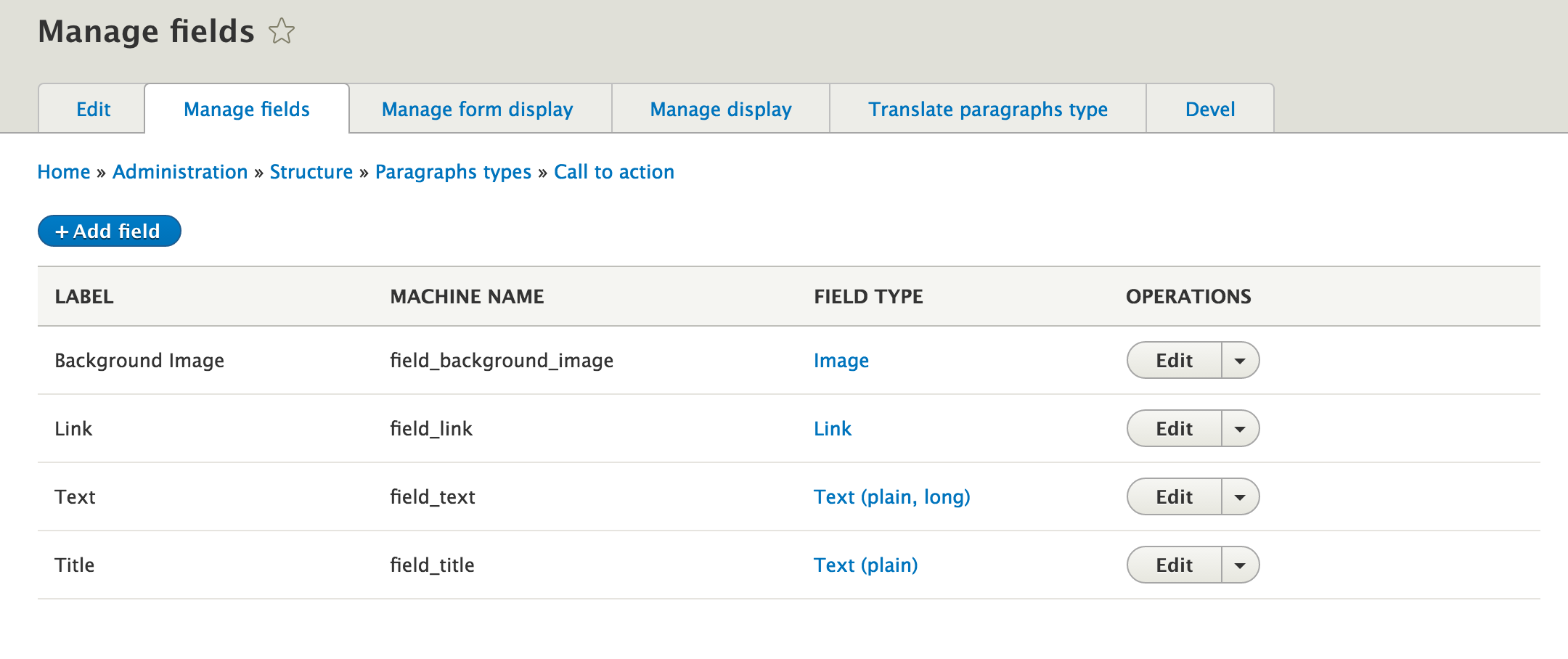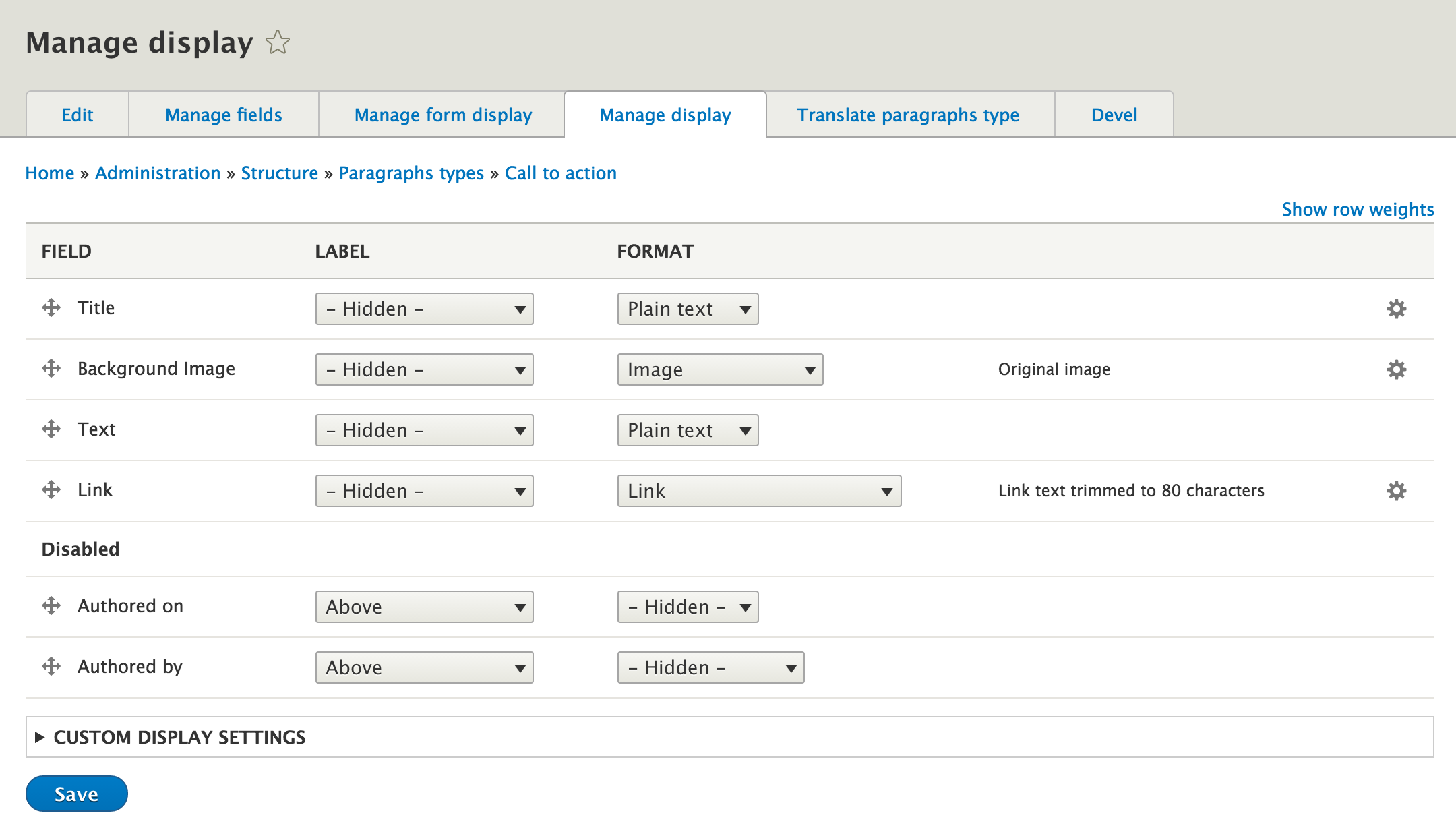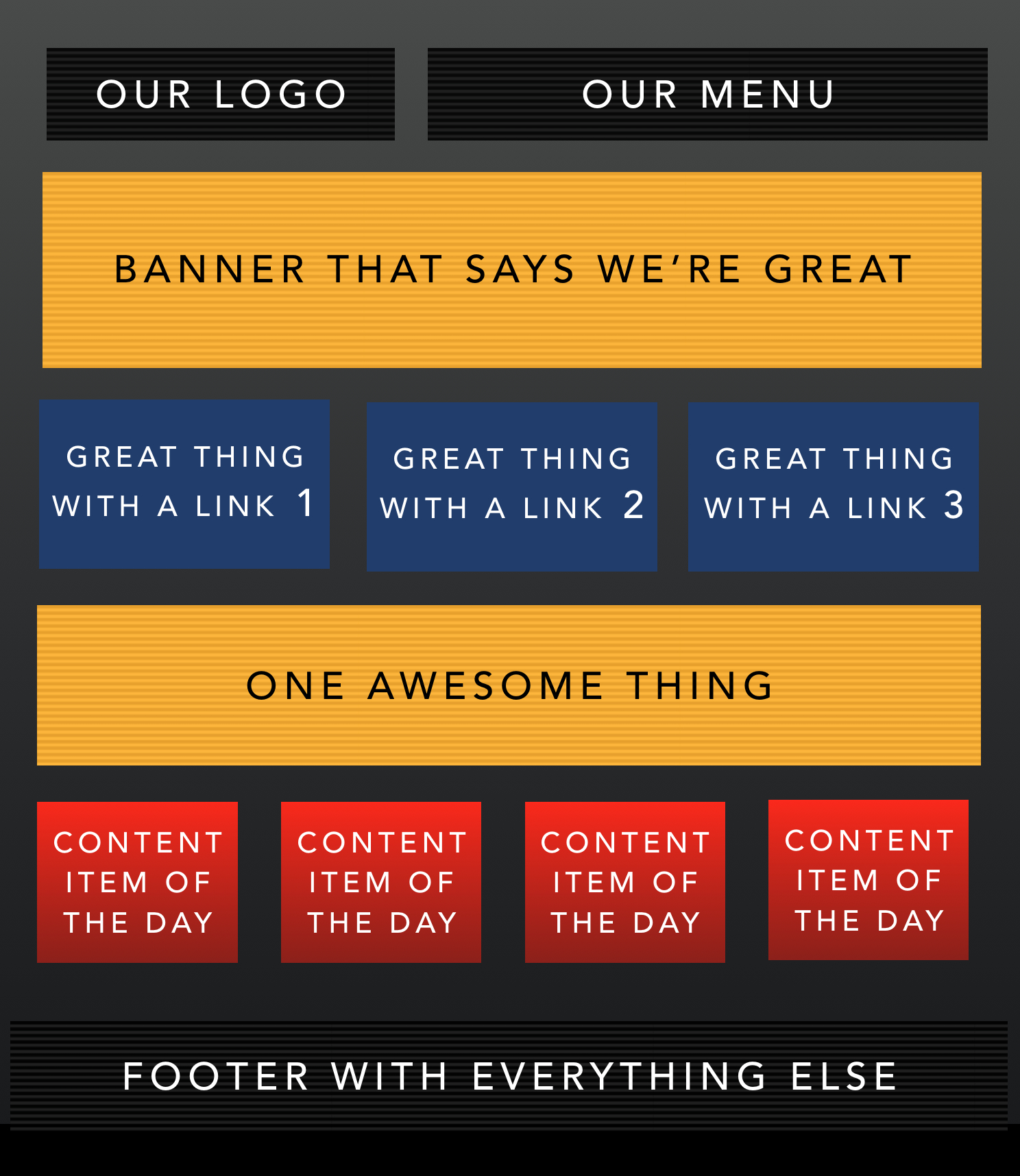As Drupal themers and site builders, we often have to look for creative solutions to build landing pages. Landing pages are special pages often used for marketing campaigns, to attract particular audiences, or to aggregate content about a certain topics.
We want landing pages to be attractive and entice users to click, but we often also need them to be flexible so we can communicate different things. We want landing pages to look great the day we launch a website, but also to be flexible so that a site admin can change the content or add a new page and it still looks great.

Creating Landing Pages with Paragraphs
There are many ways in Drupal to build landing pages. In this blog post, we'll look at a simple solution using a landing page content type and the Paragraphs module. Using this technique, we can create a template for a landing page content type that we can re-use every time we want to add a new one to our site.
First of all, you'll need to add the Paragraphs and Entity Reference Revisions modules. These will add a new entity type on your site called "Paragraphs". Even though the module is called paragraphs, you can use Paragraphs to build all different types of things: banners, buttons, advertissements, calls to action. Each of these would be a separate paragraph type with different fields.
Go to Structure > Paragraph types. Paragraph types are like content types. You can add fields to them, control the display, and theme them.

To get started with our landing page, you can add a Paragraph type called Call to Action. Most calls to action need to display a title, text, link, and an image. So you can add these fields to the Paragraph type. Note that unlike with content types, you do need to add a title field.

Create a landing page content type and a field of type "Paragraph", with the label "Calls to Action". Then, in the settings, you need to select which Paragraph types you want to reference.
If you had more complex landing pages that need to display different components, like videos, ads, calls to action, galleries, you could create a paragraph type for each of these and then allow the user to reference more than one type. This is part of what makes the Paragraphs module such a powerful site building tool.

Now all you have to do is populate your landing page content type with some content and test out the results.

Once you have the content added, the only thing that's left is to fix up how the calls to action are displayed. You can use the Manage Display settings for the Paragraph type to update the field order and formatting.

And you can use standard theming techniques (adding CSS and overriding templates) to customize the look of the calls to action visually.
If you're interested in hands-on training on more topics like this, our Drupal Site Building course covers techniques for using the Paragraphs module, building out landing pages, and many other Drupal site building topics.

